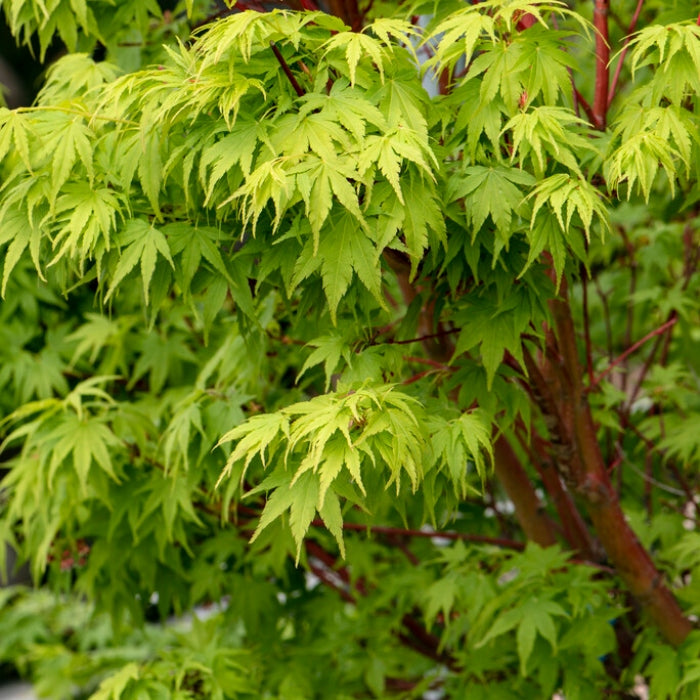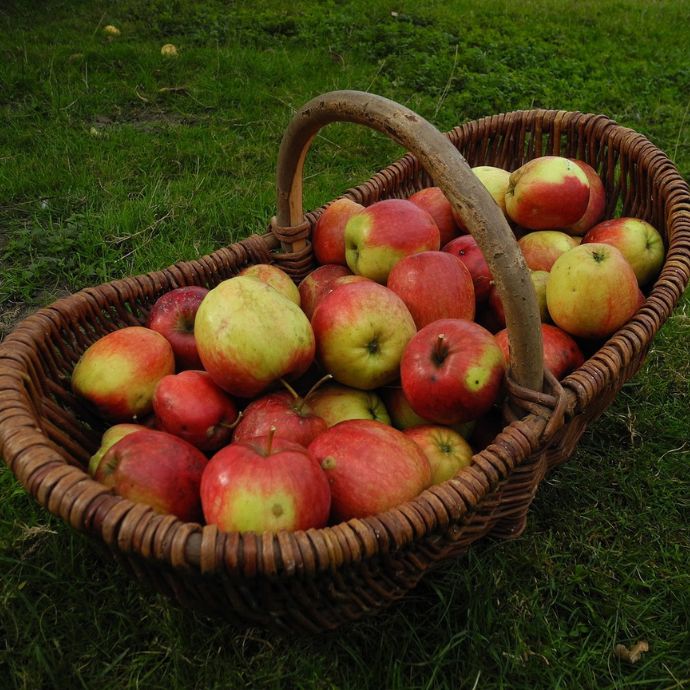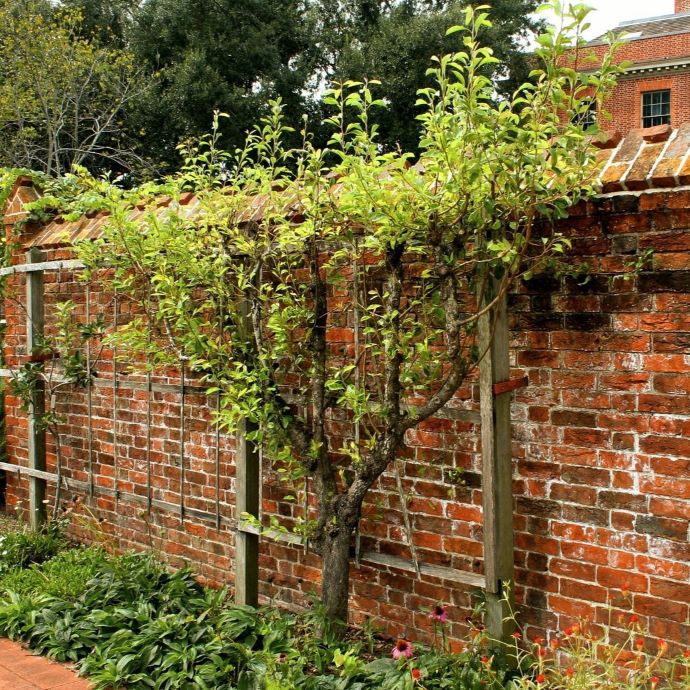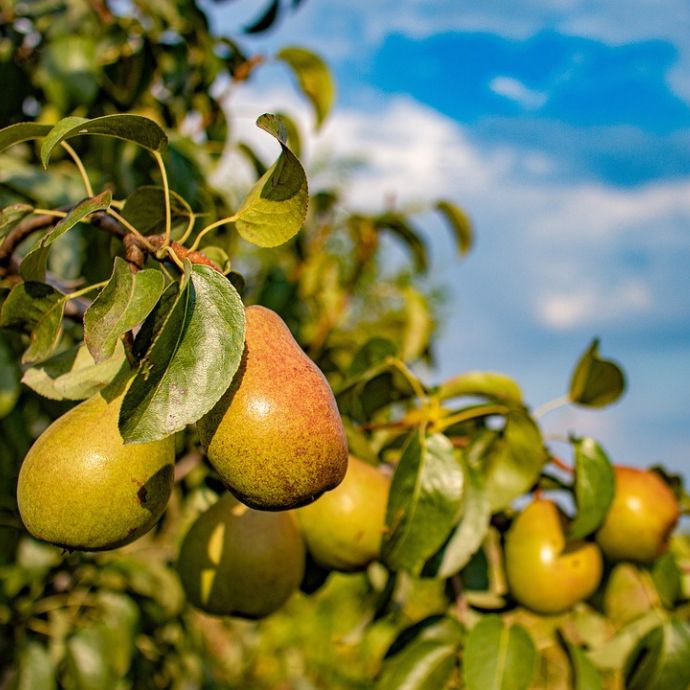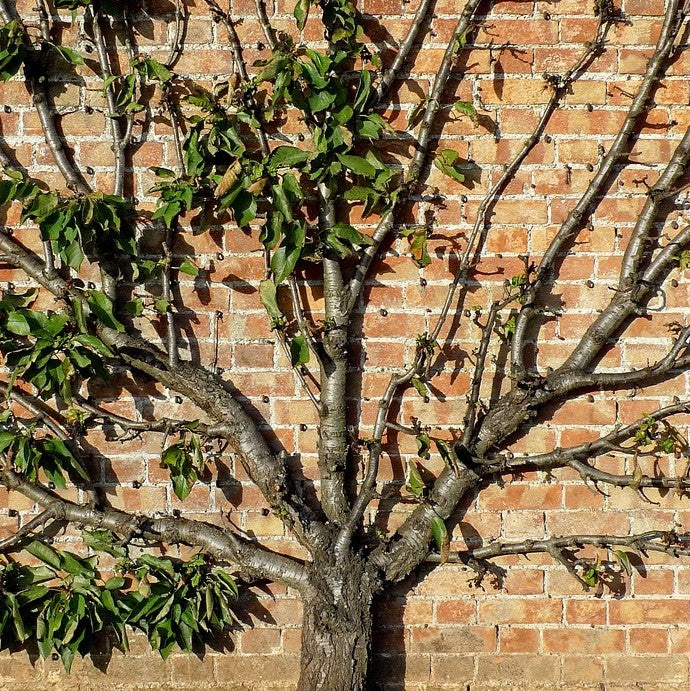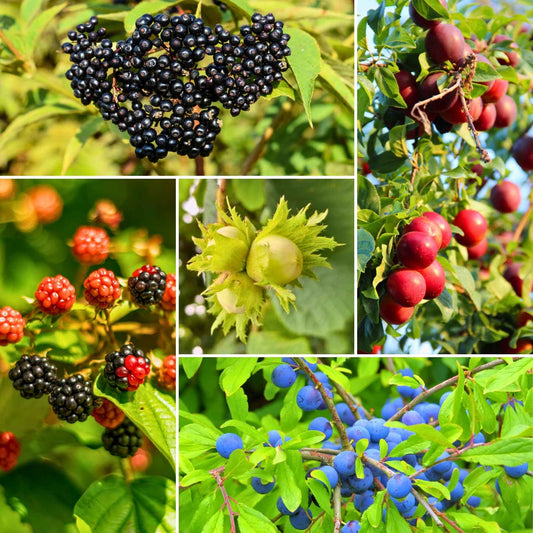Hedge Cutting: An Expert Guide
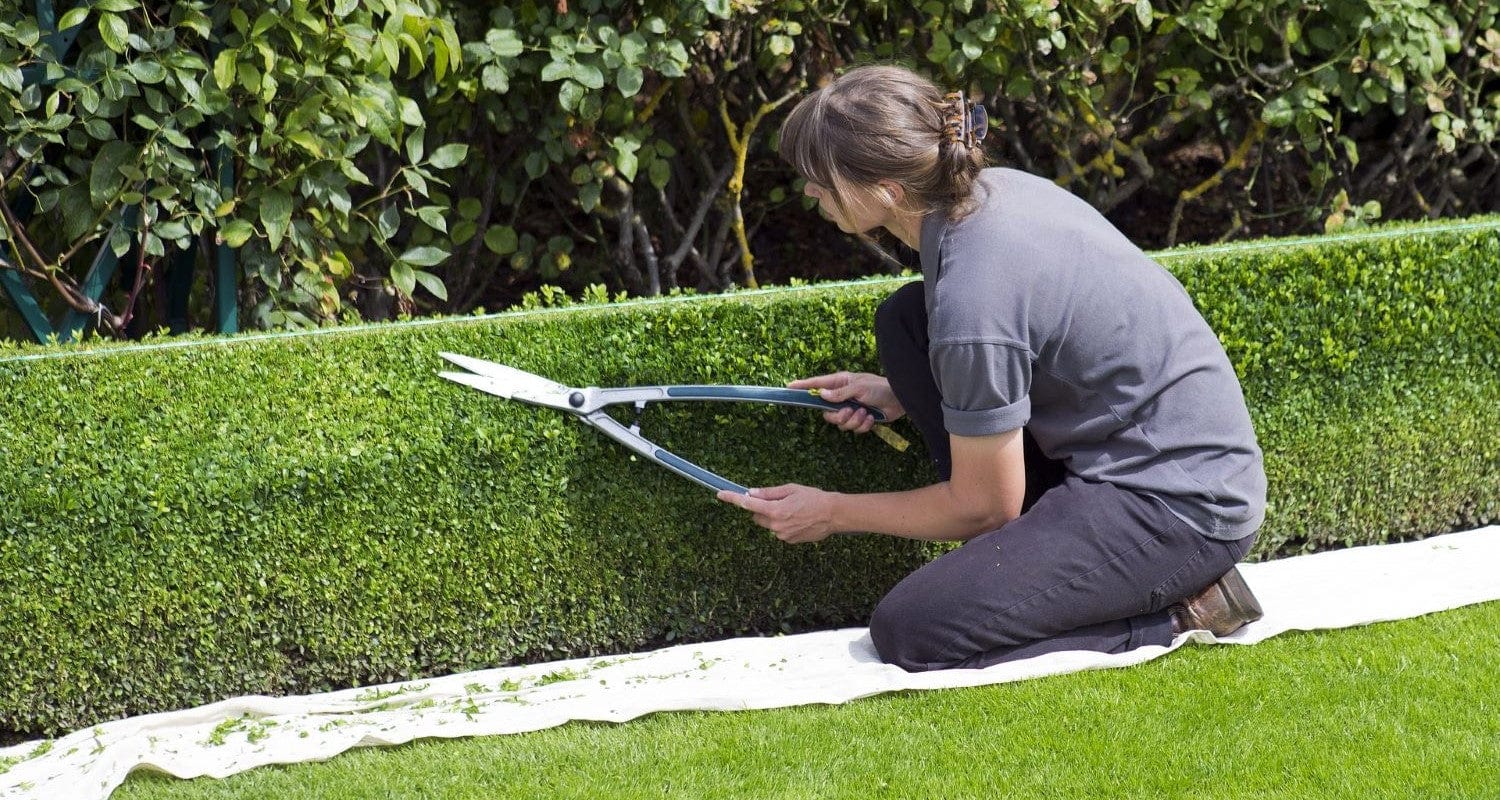
Who doesn’t love a good hedge? Whether we’re talking about a wild, scrubby hedgerow down a country lane, or a perfectly-clipped box hedge that takes formal gardens to the next level, there’s a hedge out there for everyone. One of the most important aspects of any well-kept hedge is keeping it in shape through trimming. In this guide, we’ll be talking about hedge cutting in more detail, including the why, the when and the how.
Jump to:
Why hedge cutting is important
First, then, just why exactly is hedge cutting so important? Well, it keeps them healthier, more productive (in the case of fruiting hedges) and most people would argue they look better, too!
Healthier hedges
If you trim your hedge, then you’re going to be able to remove dead, damaged or diseased plant matter, as well as ensuring greater air circulation throughout, which in turn can help reduce the risk of fungal diseases from occurring.
More productive hedges
If you’ve got a fruiting hedge, then removing old fruited wood (depending on the species in question) to stimulate newer growth which will go on to bear fruit, will lead to a more productive hedge, overall.

When to cut your hedge(s)
As for when you cut your hedge? Well, this depends on the hedge in question. Some hedges, like formal box, for instance, benefit from being pruned twice or three times throughout the growing season. An informal lavender hedge, by contrast, will only need pruning once right after flowering.
Below, we’ve compiled a table of some of the most common hedges along with when they need cutting.
|
Hedge Type |
Plant |
When to Prune |
|---|---|---|
|
Formal |
||
|
Evergreen |
Box (Buxus sempervirens) |
Two to three times, growing season |
|
Privet (Ligustrum) |
Two to three times, growing season |
|
|
Holly (Ilex aquifolium) |
Once (late summer) |
|
|
Deciduous |
Beech (Fagus sylvatica) |
Once (last summer) |
|
Hawthorn (Crataegus monogyna) |
Two times (summer and autumn) |
|
|
Hornbeam (Carpinus betulus) |
Once (late summer) |
|
|
Conifer |
Yew (Taxus baccata) |
Two times (summer and autumn) |
|
Leyland Cypress (Cupressus × leylandii) |
Two to three times, growing season |
|
|
Informal |
||
|
Evergreen |
Darwin’s Barberry (Berberis darwinii) |
After flowering |
|
Lavender (Lavandula angustifolia) |
After flowering |
|
|
Late Cotoneaster (Cotoneaster lacteus) |
After fruiting |
|
|
Firethorn (Pyracantha) |
Once (late summer) |
|
|
Deciduous |
Forsythia (Forsythia) |
After flowering |
|
Japanese Barberry (Berberis thunbergii) |
After flowering |
|
|
Beach Rose (Rosa rugosa) |
Once (spring) |
Note: you must make sure there are no bird nests situated within the hedge before you do any trimming, as it is illegal to disturb them. To spot them, look for dense patches of branches within the hedge, as well as greater bird activity around the suspected nest site (both in and out).

How to cut your hedge
So, we’ve had the why and the when, now it’s time to get down to the nitty-gritty of how. You’ll need either a sharp pair of (clean) hand shears or an electric hedge trimmer, depending on the size of the hedge in question. In addition, a pair of loppers can also be handy. Find yourself some sturdy gardening gloves, safety glasses, a few bamboo canes and a roll of twine.
The sides
Start strimming the side of your hedge, working from the bottom to the top. Once you’ve cut the lower part, you can lay out a length of string at the base of the hedge in line with how much you want to trim the hedge back. This can serve as a nice reference point you can use as you continue strimming upwards.
Low hedges (under a metre or thereabouts) can be trimmed with completely vertical sides. You can approach taller hedges in one of two ways; firstly, you can angle the sides inwards so that the whole hedge has a slope. Alternatively, you can cut the majority of the hedge side vertically, before cutting a 45° angle near the top of the hedge, before it goes horizontal. This is called a chamfer.
The top
To cut the top of your hedge to your preferred height, take your bamboo canes and stake them either side of the hedge. Tie a length taut between the two canes at the height you’re looking to achieve. You can then use this as the point to which you cut. You’ll probably want to take a step back at this point and review your progress. This way, you can notice any spots you may have missed.
The clear-up
If you lay down a tarp before setting off with the strimmer, your future self will thank you. Sweep the hedge trimmings into the centre of the tarp and you should easily be able to move it to a garden waste bin, rather than having to spend hours picking up individual trimmings. A little forethought saves a lot of time.

What then?
Congratulations, you have successfully trimmed your hedge. Gold star for you. To keep your hedge happy and healthy after pruning, you can apply some general fertiliser around its base, before mulching it with some organic compost or well-rotted manure.
Final thoughts
Don’t let your hedge get on top of you. With just a little bit of care, you can keep your hedge looking in tip-top condition, whatever type of hedge you have. So, whether you’re a sucker for a formal maze or prefer things a little bit more varied, you’ll do just fine if you follow this guide.
Last updated: 21/08/2025
